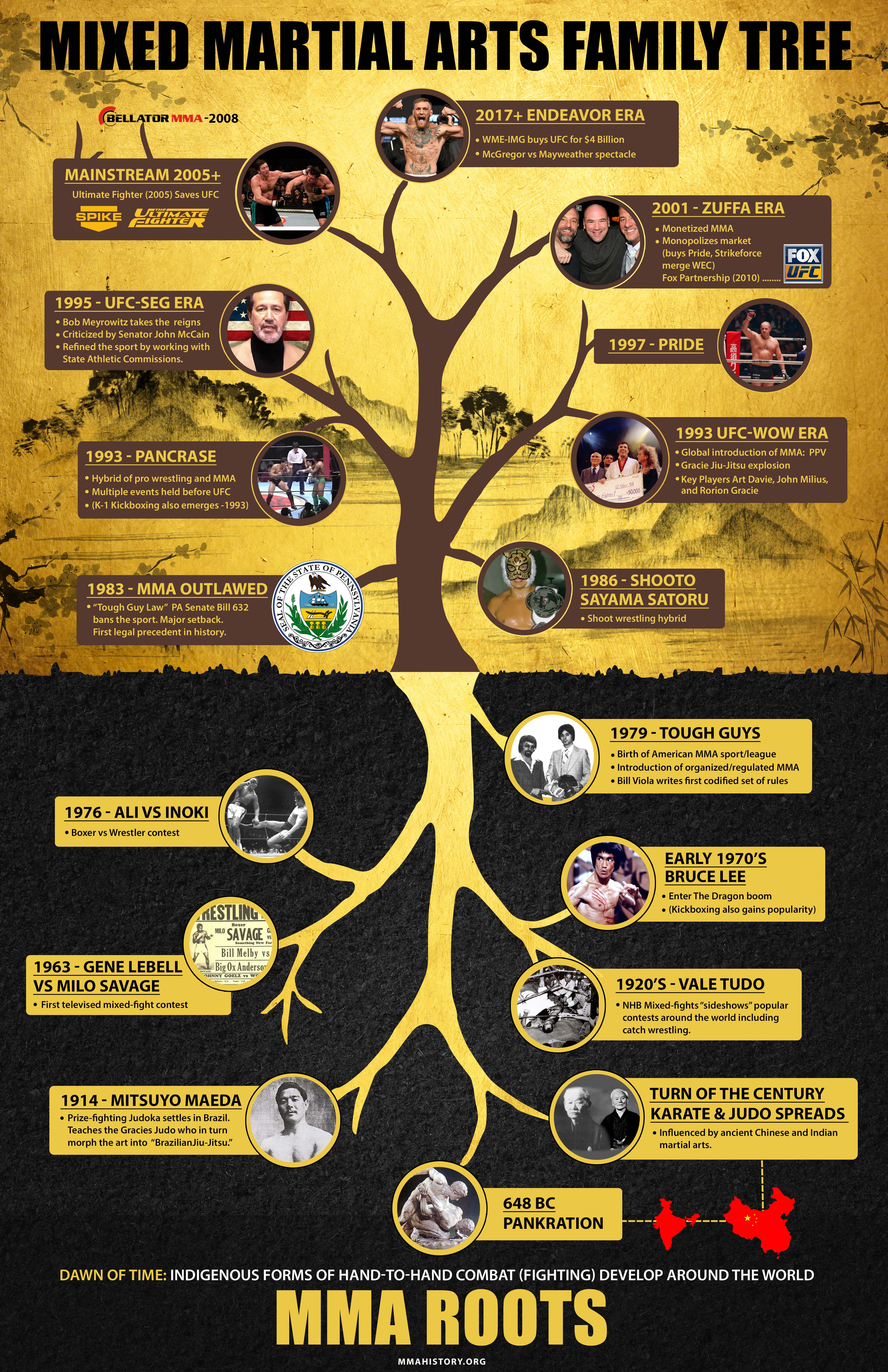Introducing The Selection Of Martial Arts Disciplines: A Guide From Karate To Taekwondo
Introducing The Selection Of Martial Arts Disciplines: A Guide From Karate To Taekwondo
Blog Article
Content Composed By-Becker Pierce
Are you tired of feeling bewildered by the vast globe of fighting styles? With numerous styles to choose from, it can be very easy to get lost in a sea of punches, kicks, and mystical names. But worry not!
This discussion will demystify the different fighting styles styles, taking you on a journey from the effective strikes of Martial arts to the vibrant kicks of Taekwondo. Prepare to reveal the origins, techniques, and approaches behind these old art forms.
So, tighten your belt and prepare to start an informing exploration into the captivating globe of fighting styles.
Origins of Martial Arts Styles
The beginnings of fighting styles designs can be mapped back to old civilizations and their need for self-defense and combat strategies. Throughout background, various cultures established their very own one-of-a-kind approaches of battling, each with its very own set of strategies and approaches.
In China, for instance, martial arts designs such as Martial art and Tai Chi were developed as a means of self-defense and boosting physical and mental health.
In https://elliottyjvep.blogrenanda.com/39462265/gaining-rewards-of-strength-martial-arts-psychological-and-psychological-gains , the samurai warriors developed designs like Martial arts and Judo, concentrating on technique, precision, and mastery of the body.
Likewise, in Korea, Taekwondo emerged as a fighting style highlighting high kicks, rapid activities, and mental determination.
These very early civilizations laid the foundation for the varied variety of fighting styles styles that exist today, each with its own abundant history and social value.
Techniques and Educating Methods
To understand martial arts designs, practitioners have to find out various methods and training techniques.
visit link are the certain movements and activities utilized in combat, such as strikes, kicks, throws, and obstructs. Various martial arts designs have their very own unique collection of strategies that specialists should understand via extensive training.
Educating methods differ relying on the style, however they normally include a combination of physical conditioning, drills, competing, and kinds.
Physical conditioning is crucial to construct stamina, adaptability, and endurance. Drills aid practitioners fine-tune their methods and improve their speed and precision.
Competing enables specialists to practice their techniques in a controlled, practical setting. Types, likewise known as kata, are cut-and-dried sequences of motions that aid professionals develop muscular tissue memory and emphasis.
Philosophies and Principles
Exploring the approaches and concepts of fighting styles styles can supply you with a deeper understanding of your chosen discipline. Each martial art has its very own unique philosophy and set of leading principles that form the method it's practiced.
As an example, Karate highlights self-control, respect, and self-discipline. It shows specialists to concentrate their body and minds, enabling them to defend themselves while keeping a sense of inner tranquility.
On the other hand, Taekwondo positions a solid emphasis on rate, agility, and versatility. Its concepts are rooted in the tenets of politeness, honesty, determination, self-discipline, and indomitable spirit.
Final thought
Since you have actually discovered the origins, methods, and philosophies of numerous fighting styles designs, you have a much deeper understanding of these ancient techniques.
Picture a young karate pupil, exercising with steady decision and emphasis, appearing boards with a powerful punch.
Their trip showcases the commitment and strength required to understand a martial art, advising us that with self-control and determination, anything is feasible.
